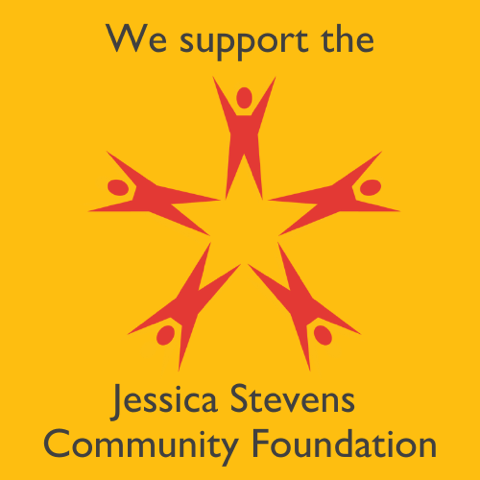https://talkeetnayoga.net/wp-content/uploads/2016/01/stud-e1453931179145.jpeg
0
0
Diane
https://talkeetnayoga.net/wp-content/uploads/2016/01/stud-e1453931179145.jpeg
Diane2020-01-01 00:28:222020-01-01 01:00:10Seeing Clearly in 2020
https://talkeetnayoga.net/wp-content/uploads/2016/01/stud-e1453931179145.jpeg
0
0
Diane
https://talkeetnayoga.net/wp-content/uploads/2016/01/stud-e1453931179145.jpeg
Diane2019-12-15 02:14:422019-12-15 02:32:51The Savoring Habit
https://talkeetnayoga.net/wp-content/uploads/2016/01/stud-e1453931179145.jpeg
0
0
Diane
https://talkeetnayoga.net/wp-content/uploads/2016/01/stud-e1453931179145.jpeg
Diane2019-08-21 23:10:172019-08-21 23:14:08Ways to Practice
https://talkeetnayoga.net/wp-content/uploads/2016/01/stud-e1453931179145.jpeg
0
0
Diane
https://talkeetnayoga.net/wp-content/uploads/2016/01/stud-e1453931179145.jpeg
Diane2019-04-03 21:42:542019-04-03 21:42:54Stretching your zone of tolerance
https://talkeetnayoga.net/wp-content/uploads/2016/01/stud-e1453931179145.jpeg
0
0
Diane
https://talkeetnayoga.net/wp-content/uploads/2016/01/stud-e1453931179145.jpeg
Diane2019-02-20 00:42:152019-02-20 00:43:24Need some motivation to get moving?
https://talkeetnayoga.net/wp-content/uploads/2016/01/stud-e1453931179145.jpeg
0
0
Diane
https://talkeetnayoga.net/wp-content/uploads/2016/01/stud-e1453931179145.jpeg
Diane2019-01-22 17:58:472019-02-02 00:56:37Practice and Detachment
https://talkeetnayoga.net/wp-content/uploads/2018/12/IMG_7679-e1545924815351.jpg
640
480
Diane
https://talkeetnayoga.net/wp-content/uploads/2016/01/stud-e1453931179145.jpeg
Diane2018-12-27 15:36:312018-12-27 15:37:48Creative Use of Space
https://talkeetnayoga.net/wp-content/uploads/2016/01/stud-e1453931179145.jpeg
0
0
Diane
https://talkeetnayoga.net/wp-content/uploads/2016/01/stud-e1453931179145.jpeg
Diane2018-11-29 00:46:382018-11-29 00:46:38Give yourself the gift of doing what you can
https://talkeetnayoga.net/wp-content/uploads/2016/01/stud-e1453931179145.jpeg
0
0
Diane
https://talkeetnayoga.net/wp-content/uploads/2016/01/stud-e1453931179145.jpeg
Diane2018-10-30 18:32:042018-10-30 18:32:27What are the Obstacles (Kleshas) to Yoga?
https://talkeetnayoga.net/wp-content/uploads/2016/01/stud-e1453931179145.jpeg
0
0
Diane
https://talkeetnayoga.net/wp-content/uploads/2016/01/stud-e1453931179145.jpeg
Diane2018-10-25 04:39:172018-10-30 18:00:59Brussel Sprouts and Triangle Pose
Scroll to top



